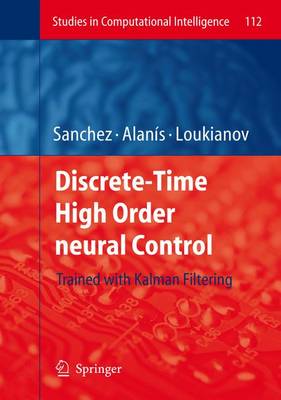Studies in Computational Intelligence
1 primary work
Book 112
Discrete-Time High Order Neural Control
by Edgar N. Sanchez, Alma Y. Alanis, and Alexander G. Loukianov
Published 29 April 2008
Neural networks have become a well-established methodology as exempli?ed by their applications to identi?cation and control of general nonlinear and complex systems; the use of high order neural networks for modeling and learning has recently increased. Usingneuralnetworks,controlalgorithmscanbedevelopedtoberobustto uncertainties and modeling errors. The most used NN structures are Feedf- ward networks and Recurrent networks. The latter type o?ers a better suited tool to model and control of nonlinear systems. There exist di?erent training algorithms for neural networks, which, h- ever, normally encounter some technical problems such as local minima, slow learning, and high sensitivity to initial conditions, among others. As a viable alternative, new training algorithms, for example, those based on Kalman ?ltering, have been proposed. There already exists publications about trajectory tracking using neural networks; however, most of those works were developed for continuous-time systems. On the other hand, while extensive literature is available for linear discrete-timecontrolsystem,nonlineardiscrete-timecontroldesigntechniques have not been discussed to the same degree. Besides, discrete-time neural networks are better ?tted for real-time implementations.
